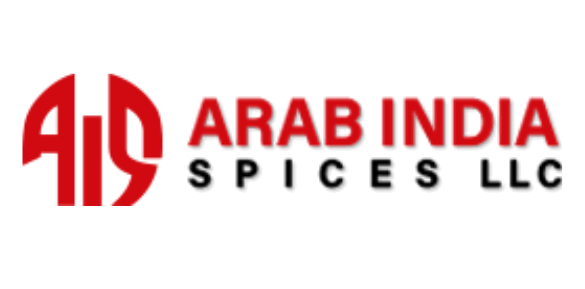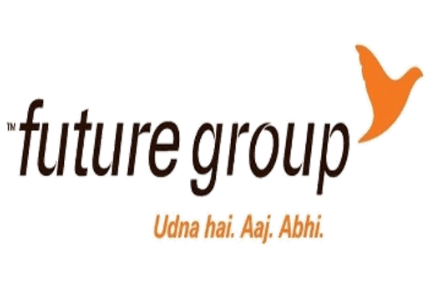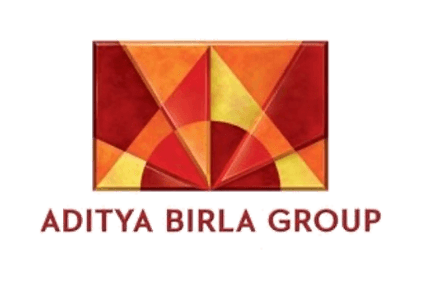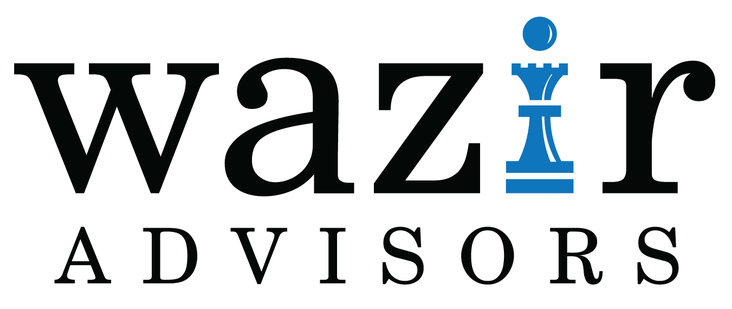Strategy > Textile and Apparel > Sector Study
Background
Realizing the importance of FDI in growth of any sector, Ministry of textiles wanted to conduct a study with objective to analyze the FDI data and FDI attractiveness in Indian Textile Sector. Wazir was appointed as the strategic consultant for this assignment.
The key objective of this assignment was to analyze the FDI scenario in Indian textile and apparel and suggesting strategies to attract FDI. To conclude this, the following steps were undertaken:
Background
Market access is the key to the growth of trade in any country. Specifically in textile and apparels, Free Trade Agreements provide countries with a duty advantage in range of 10% to 32% on FOB which is too large a gap for Indian exporters to cover by means of any cost control or productivity improvement tools. To analyze this gap, Ministry of Textiles engaged Wazir to conduct a study on existing and prospective FTAs and its impact on Indian textiles exports.
The key objective of this assignment was understand the scenario of existing and prospective FTAs and to analyse its impact on Indian textiles exports. In order to achieve the desired outcome the following analysis was done:
A comprehensive report was prepared analyzing impact of various FTA’s on the following aspects:
Background
Realizing the growth potential of textile manufacturing in Africa, one of the integrated textile manufacturer was planning to enter the textile industry of Africa. We assisted them to develop Africa entry strategy for their expansion.
Core objective of the project was to find the most suitable location for setting up a garment manufacturing facility in India. The study was accomplished by answering the following questions for each of the targeted states:
Wazir recommended the most suitable locations for textile business with the matrix for these locations highlighting the benefits and challenges inherent in each of the locations, in terms of:








Partner (Chief Wazir)

Partner (Chief Wazir)

